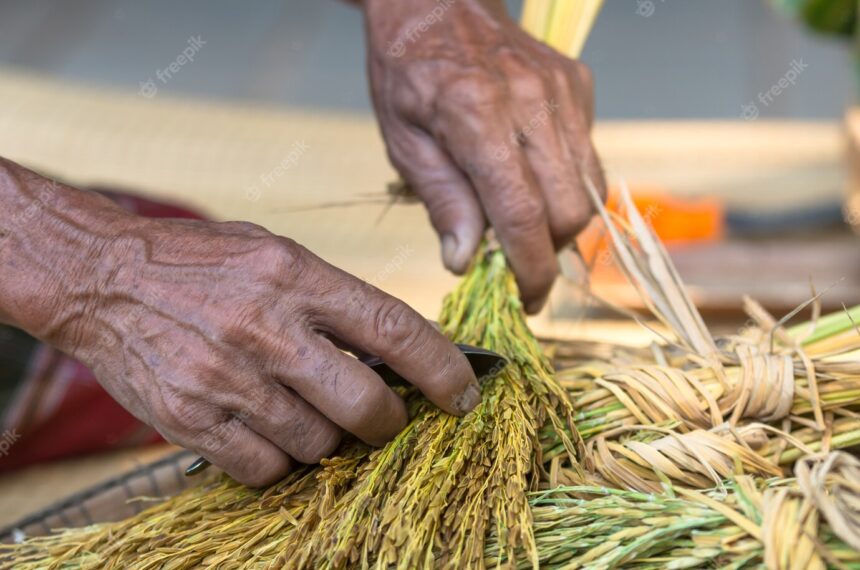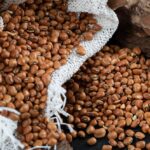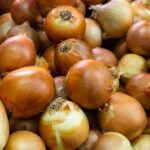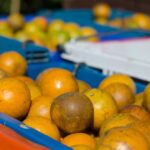South Africa is a diverse country with a wide range of agro-climatic conditions, making it suitable for cultivating various fiber crops. While traditional fiber crops like cotton are well-known, there is untapped potential in exploring other fiber crops that can contribute to the country’s agricultural sector. Here are a few examples:
- Hemp: Hemp is a versatile fiber crop that can be used for various applications, including textiles, paper, construction materials, and biofuels. It requires less water and pesticides compared to cotton and can be grown in different regions of South Africa. Hemp cultivation can provide economic opportunities for farmers and contribute to sustainable agriculture practices.
- Flax: Flax is known for its high-quality fiber used in textile production. It grows well in temperate climates and can be cultivated in parts of South Africa with suitable conditions. Flax cultivation not only provides a source of income but also offers environmental benefits, as it requires fewer agrochemical inputs and helps improve soil health.
- Kenaf: Kenaf is a fast-growing fiber crop that thrives in warm climates. It can be used for producing textiles, paper, and biodegradable plastics. Kenaf’s deep root system makes it suitable for regions with water scarcity, and it also acts as a natural weed suppressant. By integrating kenaf into agricultural systems, farmers can diversify their income streams and promote sustainable land management practices.
- Ramie: Ramie is a fiber crop that has been cultivated for centuries and has excellent strength and durability. It is used in textiles, especially in the production of high-quality fabrics like linen. Ramie can grow in subtropical climates and has the potential to thrive in certain parts of South Africa. Its cultivation can contribute to job creation and value addition in the textile industry.
- Jute: Jute is a long, soft vegetable fiber primarily used for making burlap, sacks, and ropes. It prefers hot and humid conditions, which are found in some regions of South Africa. Jute cultivation can provide an alternative cash crop for farmers and support the development of the packaging and textile industries.
To fully unveil the potential of these fiber crops in South African agriculture, research and development initiatives, along with investment in infrastructure and market development, are crucial. Furthermore, creating awareness among farmers about the benefits and market demand for these crops is essential to encourage their adoption and integration into existing farming systems.







